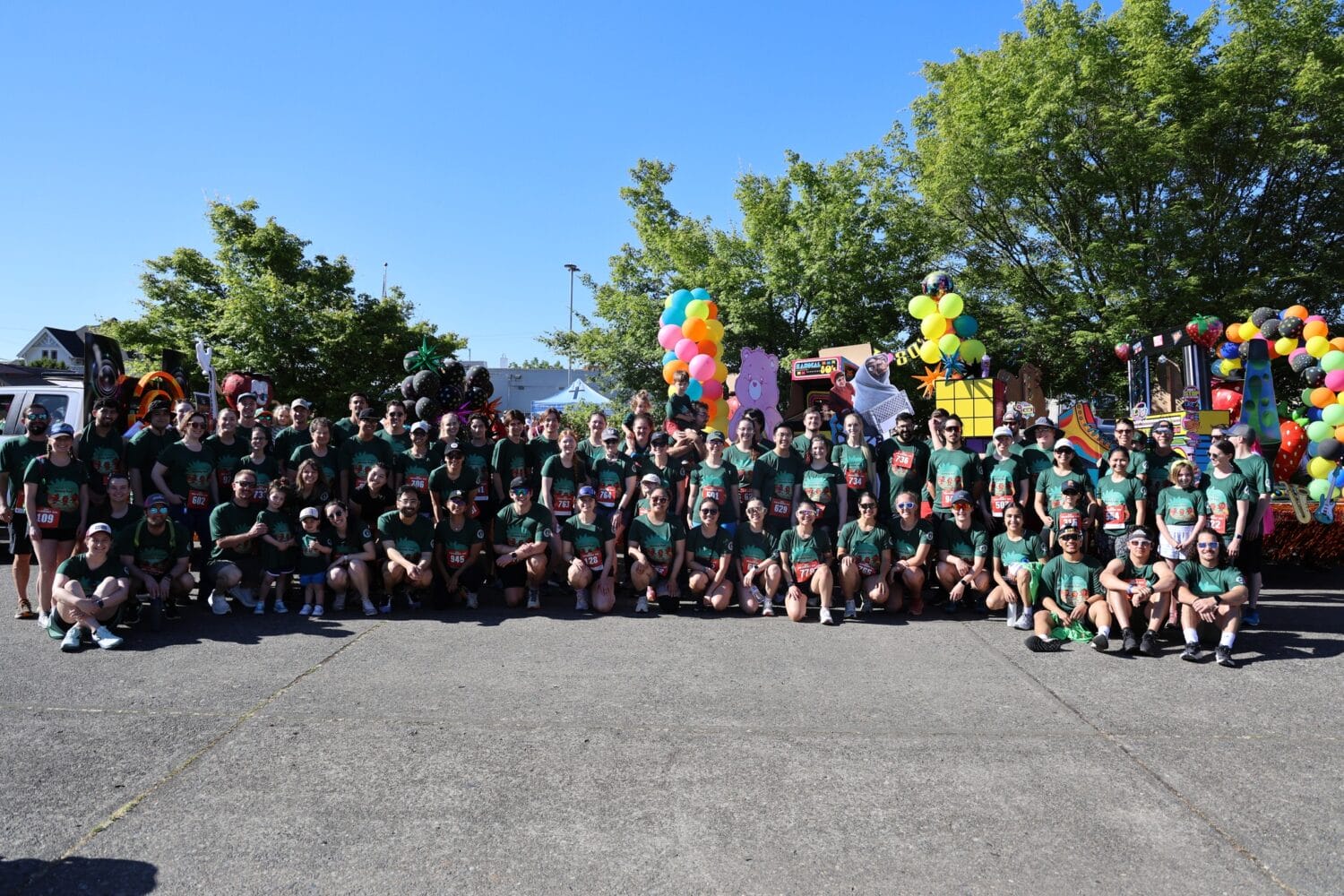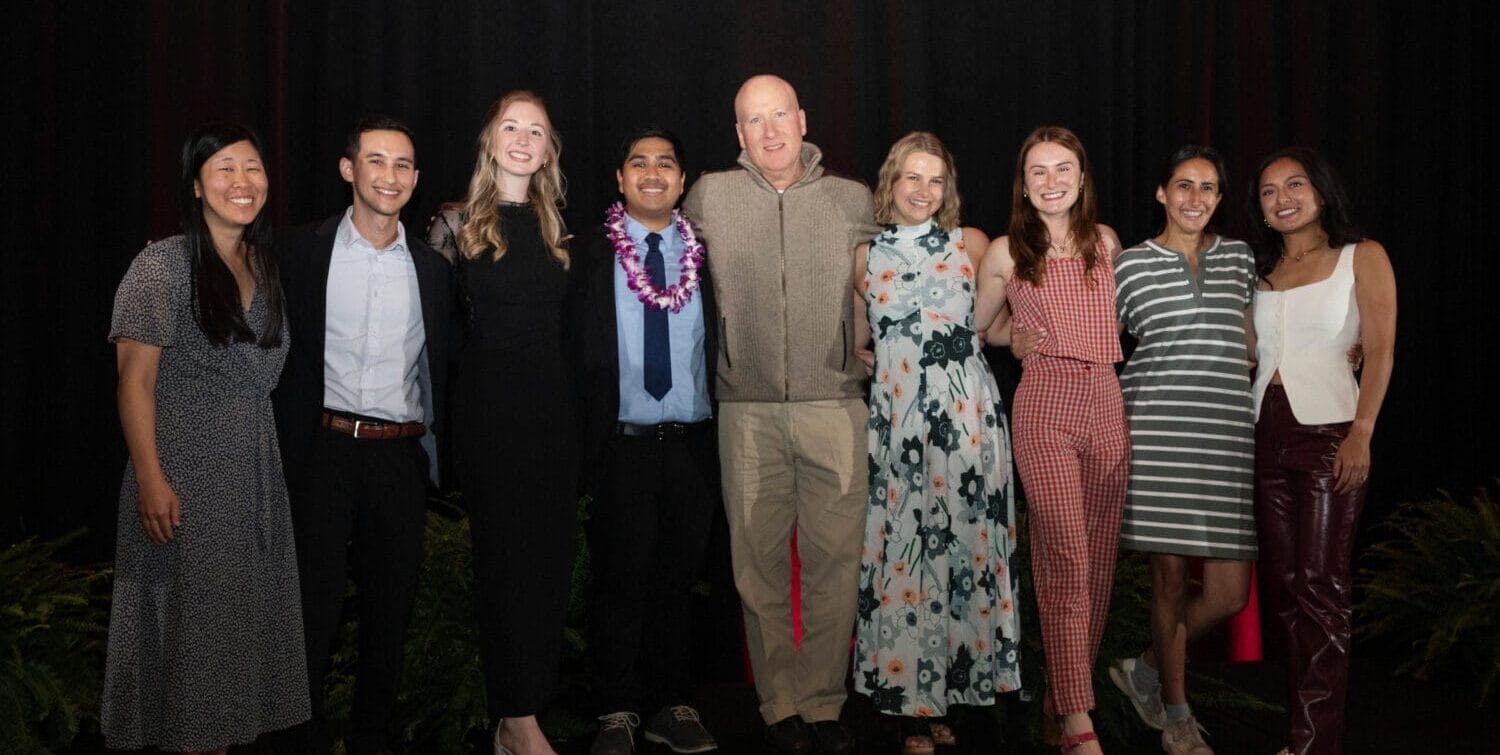WesternU COMP-Northwest medical students’ research work featured at symposium
WesternU COMP-Northwest’s Research Club will host a Student Technology and Research Symposium from noon to 1 p.m. today, Wednesday, Sept. 21, 2016.
The symposium will feature second-year medical students’ summer research fellowship projects.
The following are short summaries of the projects featured at the symposium:
- “Optimizing Rotifer Growth for Future Use in Identifying Lethal Compound to Schistosomes,” by David Baltazar and Kayla Toennis, medical students, and COMP-Northwest faculty member Michelle Steinauer, PhD. Researchers looked at culturing common pond microorganisms (rotifers), to induce them to secrete a compound that can effectively kill schistosome parasites. Schistosomes cause a chronic debilitating disease in more than 200 million people worldwide, and new methods of treatment are urgently needed.
- “Female Injuries in Collegiate Rodeo Athletes,” by medical student Brittney VanAusdol, MS, and faculty member Elisabeth Guenther, MD, MPH. Researchers focused on characterizing injuries occurring to female collegiate rodeo athletes because studies in that area are limited. An anonymous electronic survey was sent to 156 National Intercollegiate Rodeo Association head coaches, asking questions about injury mechanism, occurrence, and type. Other questions focused on preventative factors, including required fitness training elements.
- “Ulnar Collateral Ligament Ultrasound with High Resolution Probes on Cadavers and Healthy Subjects,” by David Wang, medical student, and Brion Benninger, MD, MSc. This study examined the utility of high-frequency ultrasound to identify the ulnar collateral ligament (UCL) of the thumb, as well as to investigate how accurately novice ultrasound users with minimal training are able to detect that structure.
- “Fah Gene Editing using CRISPR/Cas9-Mediated Repair,” by Jennifer Darnell, COMP-Northwest medical student, and Qingshuo Zhang, PhD, and Markus Grompe, MD. This project was conducted at Oregon Health and Science University with Darnell’s mentors, Drs. Zhang and Grompe, in the Oregon Stem Cell Center. A gene-editing tool called CRISPR/Cas9 was used to try and reverse a gene deletion observed in a rare genetic disorder in infants (hereditary tyrosinemia type I) that affects their livers.
- “Comparative Response of Human Neuronal Culture Models to Environmental Toxins,” by medical students Christine Park, Matthew White, Stephanie Rinne, Peter Rinne, Oregon State University student Justin Moss, and faculty member Glen Kisby, PhD. This research project involved growing human neuronal cancer (neuroblastoma) cells and human neural stem cells in a dish, and comparing their response to an environmental toxin that can trigger features similar to epilepsy schizophrenia and ataxia. Cell survival and function were measured at different developmental stages of both cell types after treatment with varying doses of the toxin.
Lunch will be served at the symposium thanks to the sponsorship of WesternU’s Office of the Vice President for Research and Biotechnology.



